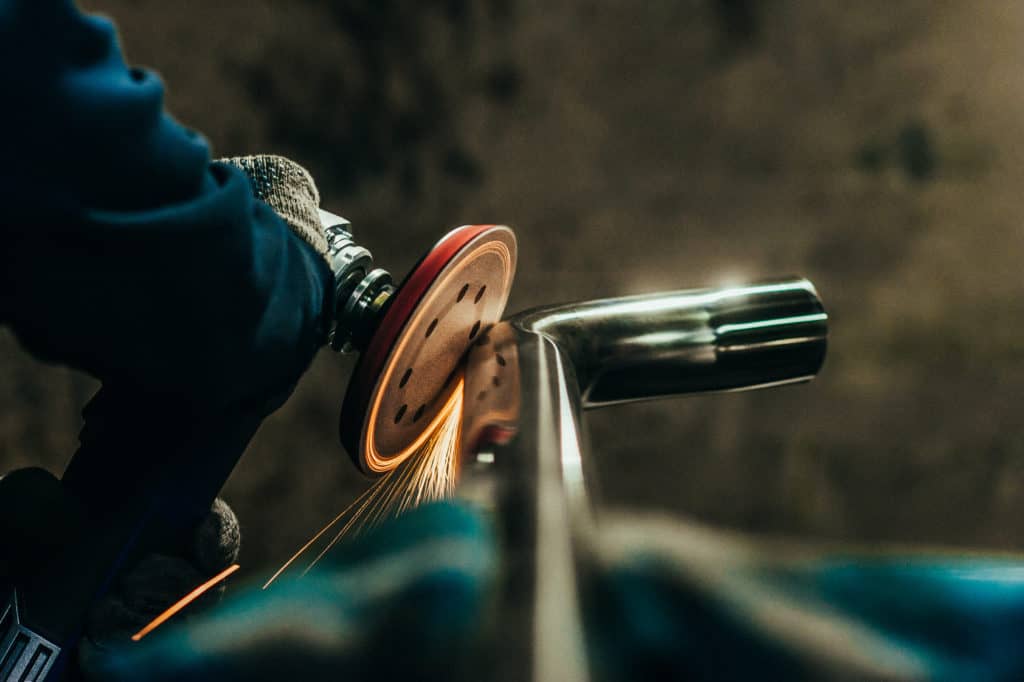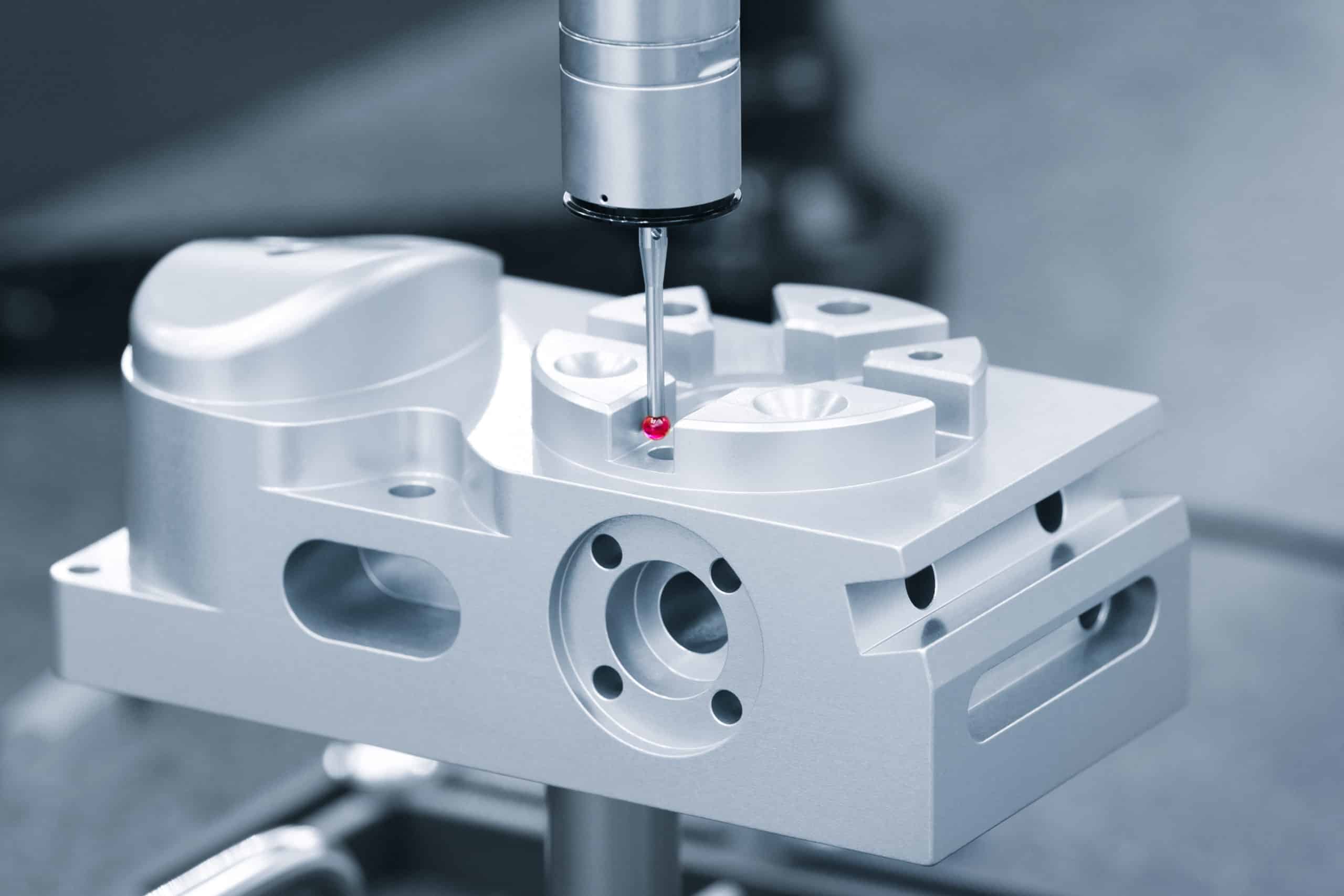What is anodizing?
The anodizing process is a crucial part of CNC manufacturing. Anodizing is an electrochemical process that transforms metal surfaces into decorative, durable, corrosion-resistant finishes. Besides aluminum, magnesium and titanium can also be anodized as nonferrous metals.
The anodic oxide structure is composed essentially of aluminum oxide. This oxide originates from an aluminum substrate and is attached directly to it without painting or plating, so it cannot chip or peel off.
As a result, it is highly porous, allowing secondary processes such as coloring and sealing to take place. This article provides an overview of anodizing and its applications. Getting your parts into production is as easy as 1-2-3. Visit our surface finishing page for more information.
Table of Contents
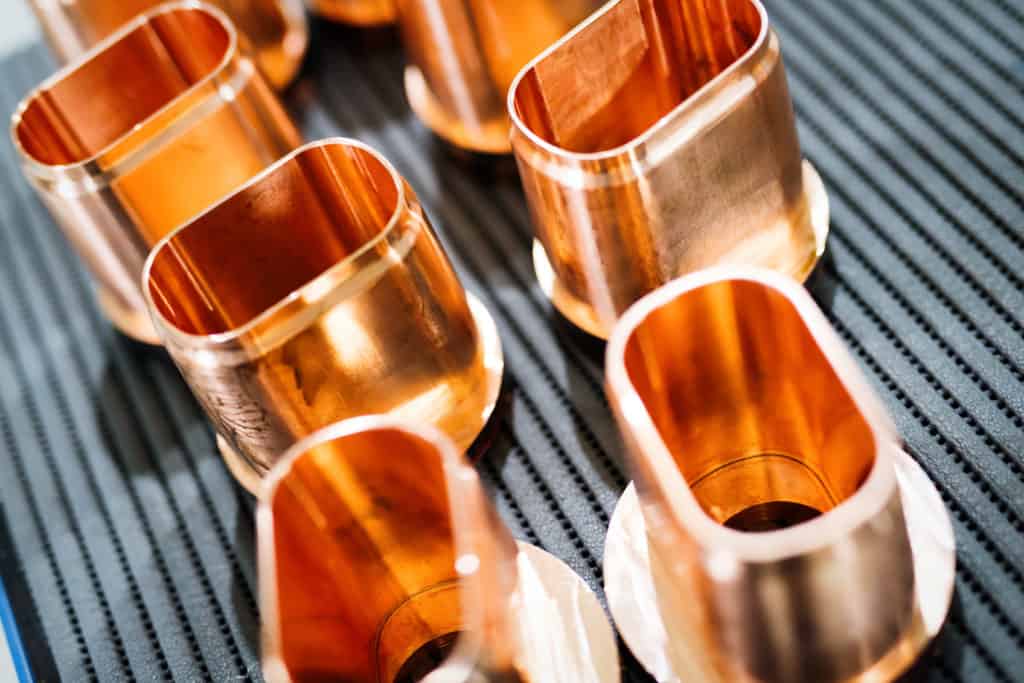
How many types of anodizing?
Type 1, type 2, and type 3, also referred to as hard-coat, are the most common types of anodizing. Anodizing serves different manufacturing parameters and is ideal for other materials. Even though each style has its advantages and disadvantages, they all work similarly.
Type 1 & 1B – chromic acid anodizing
Chromic acid anodizing, a thin coating created by immersing aluminum components in chromic acid, is famous for corrosion-resistant applications.
Type II Anodizing – sulfuric acid anodizing
Decorative or color anodizing is the most common type because it produces a porous surface that readily accepts dye. A sulfuric acid bath accelerates the natural oxidation of an object through the use of an electric current. Anodizing that has been dyed and sealed to prevent dye leakage.
Type III Anodizing – Hardcoat
Anodizing with the hard coat is not usually colored or dyed. A solution’s voltage, temperature, and chemical composition affect the shade of gray produced by different aluminum alloys. In addition to the cookware and food processing industries, aerospace and marine industries also use Type 3 coatings. Gray shades can change from gray to black due to temperature variations, voltages, and chemical compositions.
What are anodizing processes?
Anodizing involves immersing aluminum in acid electrolytes and then applying an electric current. Anodizing tanks release oxygen ions from their cathodes to combine aluminum atoms with oxygen ions in the electrolyte at the surface of the anodized part. Anodizing consists of a highly controlled process of oxidation intended to enhance a naturally occurring process.
Cleaning
can only achieve a beautiful finish on aluminum by cleaning it before anodizing. Alkaline detergents are used to clean aluminum without etching. By removing light oils and contaminants from the aluminum surface, the workpiece is ready for the following process.
Etching
As a general rule, alkaline etching is performed with sodium hydroxide solutions. The timing of the etching determines the results obtained on raw aluminum surfaces. In precision parts, only natural oxides are removed during etching. On non-precision parts, minor scratches may require more extended etching.
Acid Desmutting
A film called ‘smut’ is left on aluminum after etching. The residual alloy remains gray to black smut when aluminum is etched away. As a result of removing this smut with nitric acid, the surface is primed and ready to be anodized.
Anodizing
One of the most popular types of anodizing is acid anodizing. Sulphuric acid bathes the aluminum to be anodized, which serves as the anode. Aluminum oxide, also called the anodic film, is formed on the surface of aluminum when a direct current is applied at a high voltage.
When anodizing, the thickness and density of the anodic film are controlled by current density, temperature, and electrolyte concentration.
Coloring
It is susceptible to absorbing color pigments when the newly formed anodic film is transparent and porous. Anodized parts can be dyed in various colors, such as red, blue, gold, and black. The metal salts are deposited inside the pores while creating the anodic film, resulting in a darker color as more salts are deposited.
Sealing
During the anodizing process, sealing prevents the color from leaching out and fading over time and prevents impurities from absorbing into the porous anodic film, such as fingerprints. Anodized aluminum can be sealed in a variety of ways. Chemical plugs are deposited into anodic film pores by submerging the anodized part in a solution.
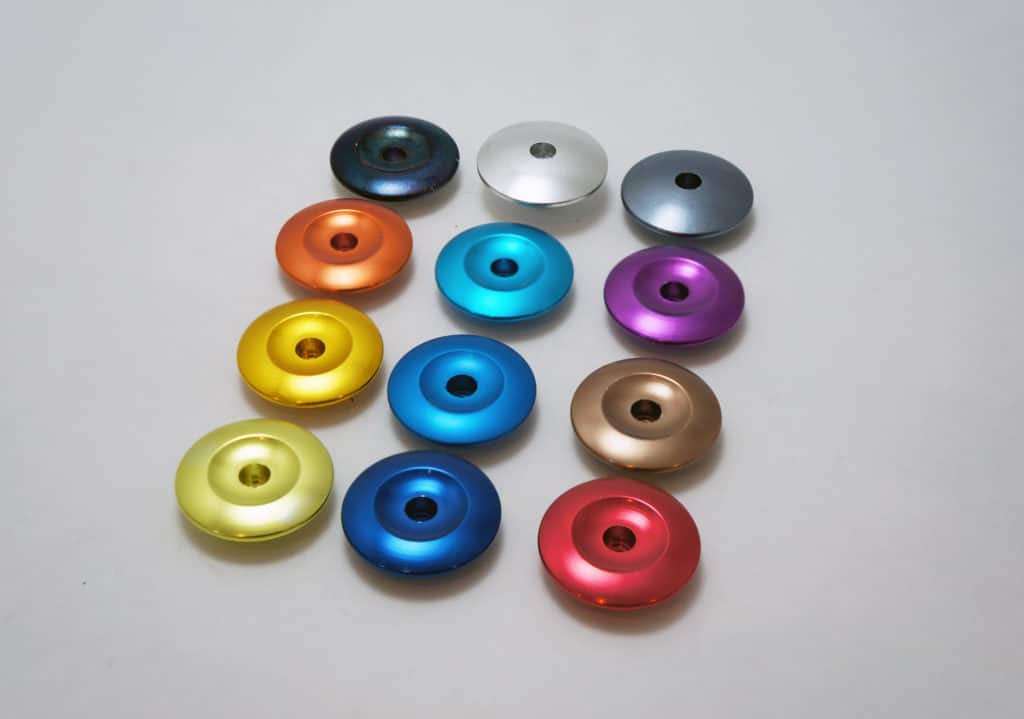
Factors you need to know before anodizing parts.
Whether you need to protect aluminum parts from corrosion and wear or create a decorative surface, anodizing is a good choice. Before making that decision, however, there are a few things to consider.
anodized material
Before going ahead with the anodizing process, there are a few things to remember. Anodizing is not possible on all materials. Aluminum, titanium, zinc, and niobium are all available for the anodizing process.
dimension change & surface roughness
A layer forms on the part with anodizing, changing the geometric dimensions and tolerances. That surface roughness will be affected too.
tool marks
Anodizing cannot hide dent, scratch, or machine mark damage. After finishing (depending on the alloy used), a more significant scratch or mark may remain after the process.
color matching
The dyed colors are not as consistent as powder-coated or painted shades. A majority of commercial anodizing processes do not match Pantone colors. Color matching and consistency are challenging with anodizing due to all the variables involved. Please provide a color range (light, medium, dark), so we can process your parts.
Racking Marks
The aluminum parts are anodized using a current. Parts must be gripped to create “contact points,” and those areas are not anodized. In MIL-A-8625, contact points are permitted, but you can specify where you can gripe parts. Please consult with racking options in advance if you require rack markings or cosmetics.
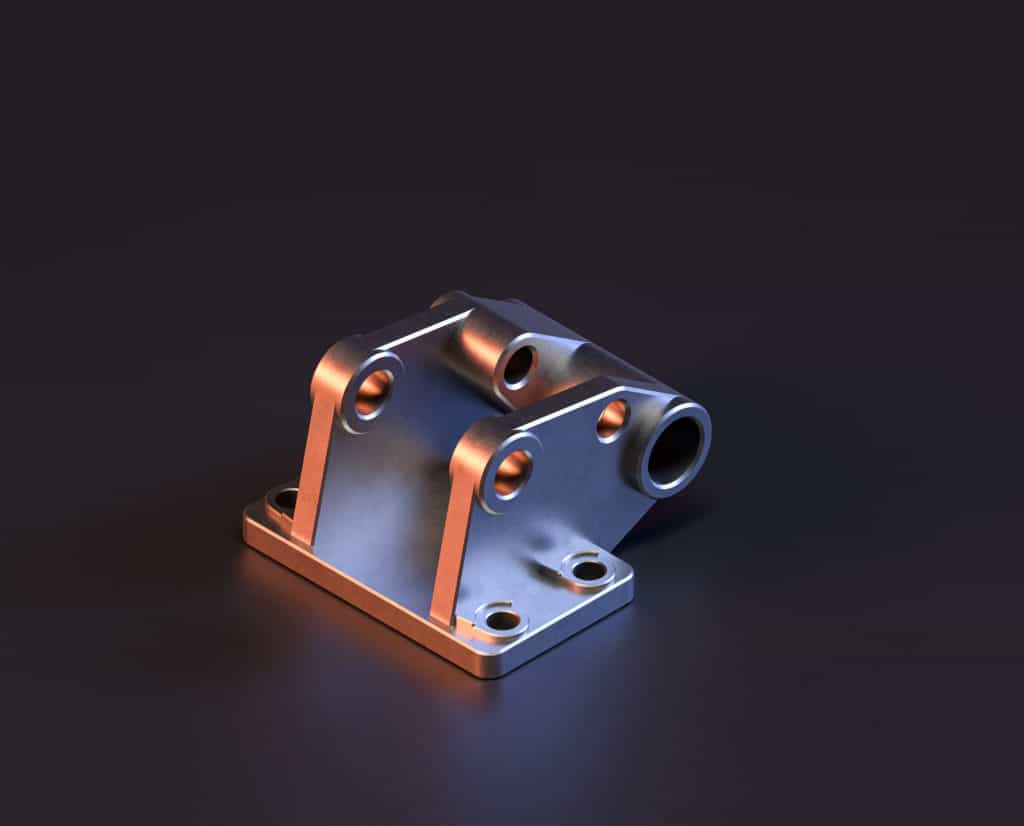
What affects the quality of anodized parts?
The quality of the oxide film primarily determines anodizing quality. Impurities, such as copper, iron, aluminum, etc., significantly affect the sulfuric acid oxidation solution, so we should clean up these metal ions in time to maintain the regular operation of the solution. The following outcomes will result if it is not done:
Raw aluminum Material
Anodizing can be influenced by raw material itself from multiple angles. The alloy composition of each compound differs, and some alloy structures are more effective at anodizing than others.
Its quality, surface integrity, protection from environmental conditions, and workability have made 6061 aluminum popular among machining plants and manufacturers.
Pre-treatment
62.78 °C is the temperature at which the alkaline detergent is heated for the pre-treatment. Light oil and contaminants are removed during this process.
Electrolyte Concentration
A low electrolyte concentration slows down coloring. The coloring speed is fast when the concentration is higher than 25g/l.
voltage
Low coloring voltages cause a slow color change, uneven tone, and slow coloring speed. High coloring voltages cause fast coloring speeds and easy peeling of the colored film.
anodizing Time / Color time
As a result of the short coloring time, the part anodizing quality will deteriorate due to quickly fading. Longer processes result in darker colors and glossier surfaces more likely to scratch.
Coloring temperature
Color temperature also affects part anodizing quality. Coloring occurs at 15°C. A temperature below 15°C will slow down the coloring. In contrast, a high temperature will create turbidity by creating mist on the oxide film.
In conclusion
Anodizing quality is affected by several factors, and adjusting them correctly will affect properties like hardness, color, thickness, and corrosion resistance.
A thicker layer of aluminum oxide develops on anodized parts as they spend longer in the acidic solution. Anodized coatings are usually 8-16um or 35-50um thickness for hard coatings.
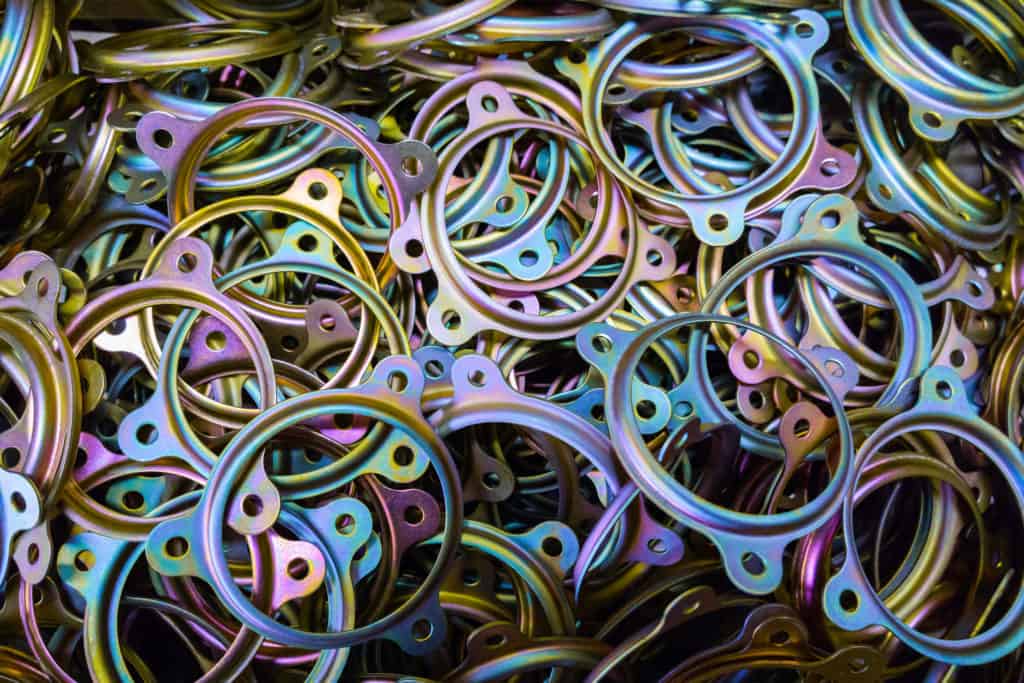
Benefit of anodizing
Anodizing is an excellent option if you want high-quality and durable aluminum parts. Anodizing finishes are more durable than paint or powder coating because they are super bonded to the material surface and adherent.
The oxide layer has an extremely long life span because it is fully integrated into the material surface.
Here’s an overview of the benefits of anodizing.
Durability
They rarely wear out when handling, installing, using, and maintaining anodized parts. Anodizing provides unmatched adhesion to aluminum during the bonding process.
color-stable
Anodized parts are color-stable. During coloring, the coating does not chip or peel when exposed to sunlight.
Appearance
The aluminum’s metallic appearance is maintained when anodizing, which offers a variety of gloss and color options.
Strength
Concerning its rigid crystalline structure, anodized aluminum is second only to diamonds in terms of hardness.
lubricity
This coating provides exceptional lubricity to the aluminum surface, resulting in superior release properties while eliminating unwanted vibrations in sliding motion applications.
Safety
Natural oxidation is enhanced by anodizing, producing no harmful byproducts or waste. Furthermore, chemical baths used for anodizing can generally be recovered, reused, and recycled.
The difference between anodizing and hard coating
Raw aluminum is converted into aluminum oxide to cover the base material during the anodizing process. However, Standard anodizing and hard coating differ in two significant ways.
Thickness & appearance.
Hard anodized aluminum areas are more abrasion-resistant because they are thicker than standard anodized aluminum areas. Furthermore, the surface of hard anodized aluminum areas is more uniform.
Application.
Several types of applications and environments require hard anodized aluminum products, including hydraulics, pistons, food cookware, pans, and the exterior of buildings.
A standard sulfuric anodized aluminum is suitable for architecture, aerospace, and automotive applications. Industrial and commercial applications of hard anodizing are more common than consumer ones.
Frequently asked questions
Anodizing protects aluminum from unnecessary wear and damage by coating it with aluminum oxide. It is important to anodize aluminum parts before manufacturing them since the resulting finish will be longer and more durable as a function of the thickness of the coating. The process improves the mechanical and aesthetic properties of the aluminum part, making it more durable and attractive. Furthermore, anodizing protects aluminum parts from corrosion – this is one of the best benefits of anodizing.
The process of anodizing involves submerging metal parts in acid electrolytes and electrolyzing both the parts and the electrolyte bath. It’s an electrochemical process that transforms metal surfaces into anodic oxide finishes that are durable and attractive.
A hardcoat color is anodized by absorbing dye, which is then sealed inside the metal’s pores, resulting in bolder colors as the thickness of the coating increases.
It is important to include and distinguish between A and B sides when designing the part in order to ensure proper anodization. Since one side of the part will have jig marks where it is fixed in the solution, you should indicate on the design which side will end up with unfinished areas (most likely the B side).
The cost of anodizing depends on the quantity, dimensions, colors, shapes, and types of anodizing. Due to its non-conductive properties and durable surface finish, anodizing is more accessible than other surface finishes.
Anodizing aluminum can be done on all grades of aluminum, as well as on titanium, zinc, tantalum.
